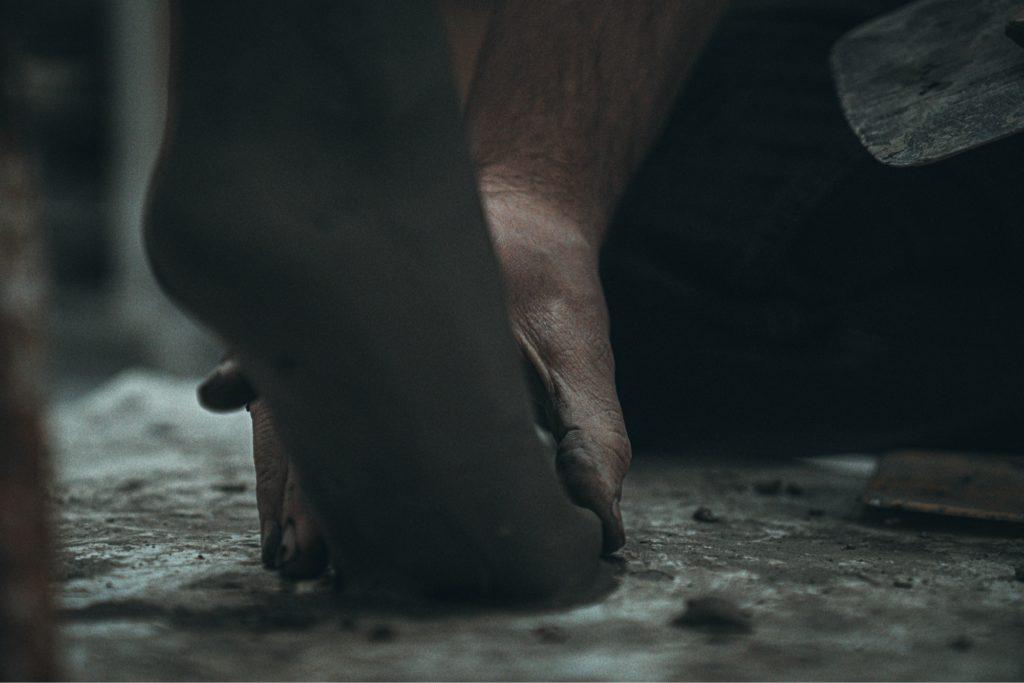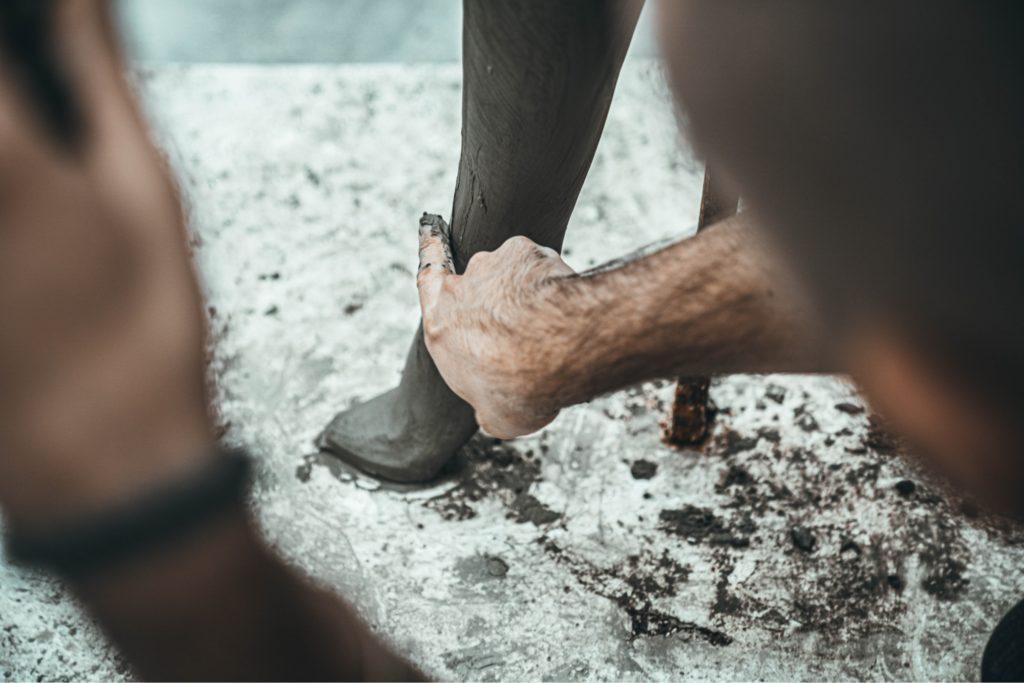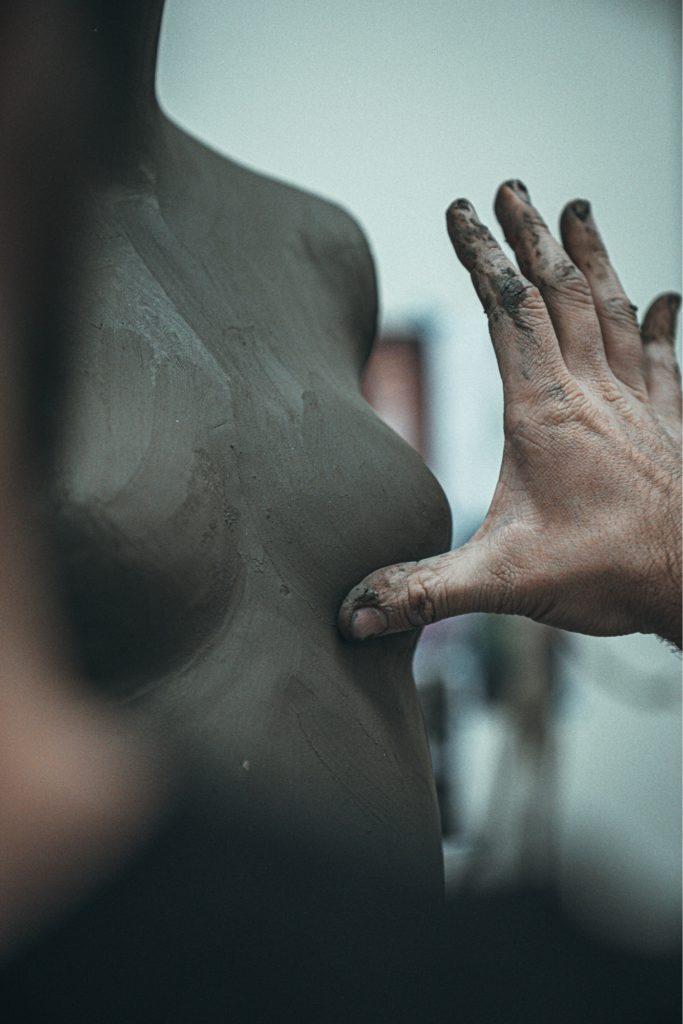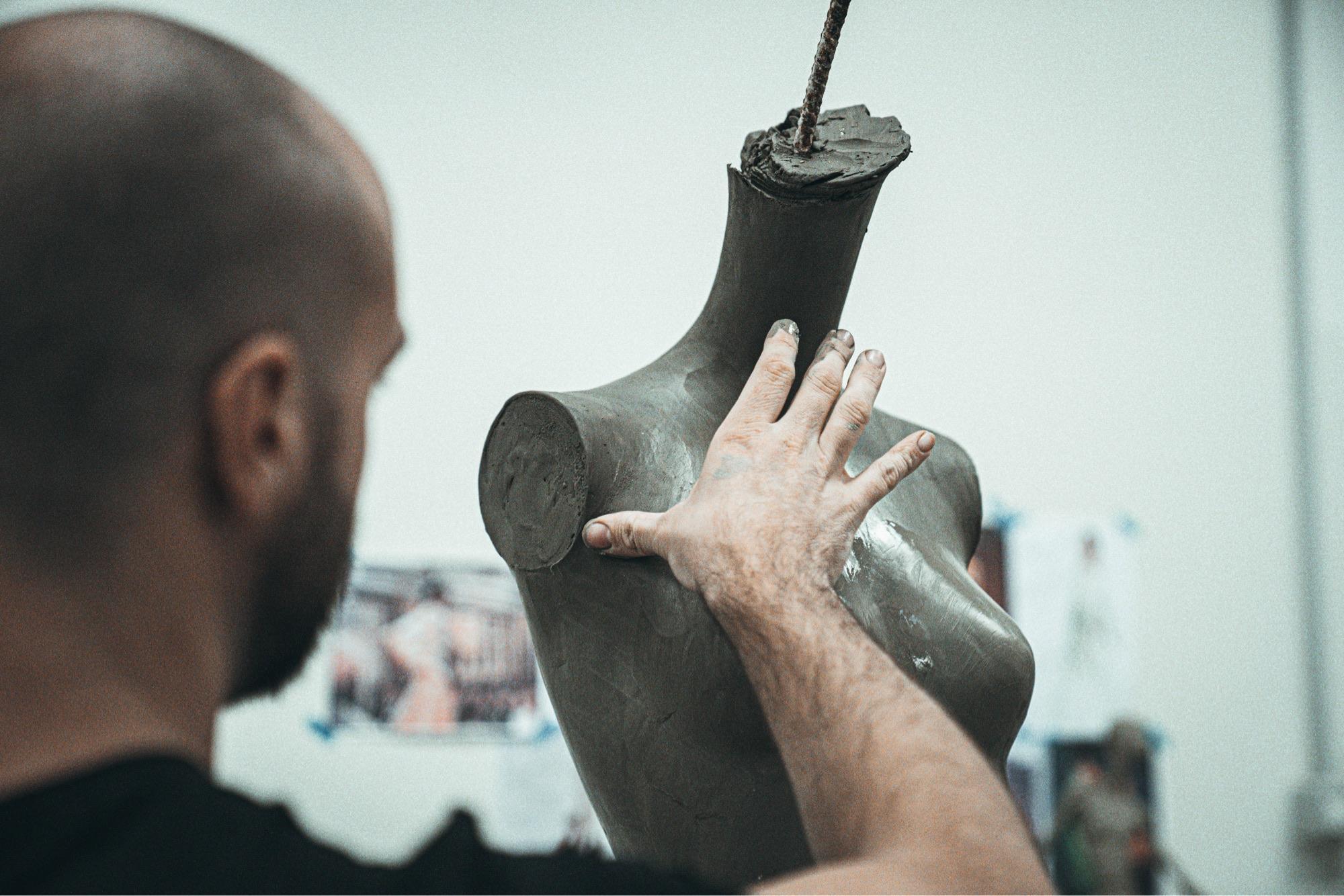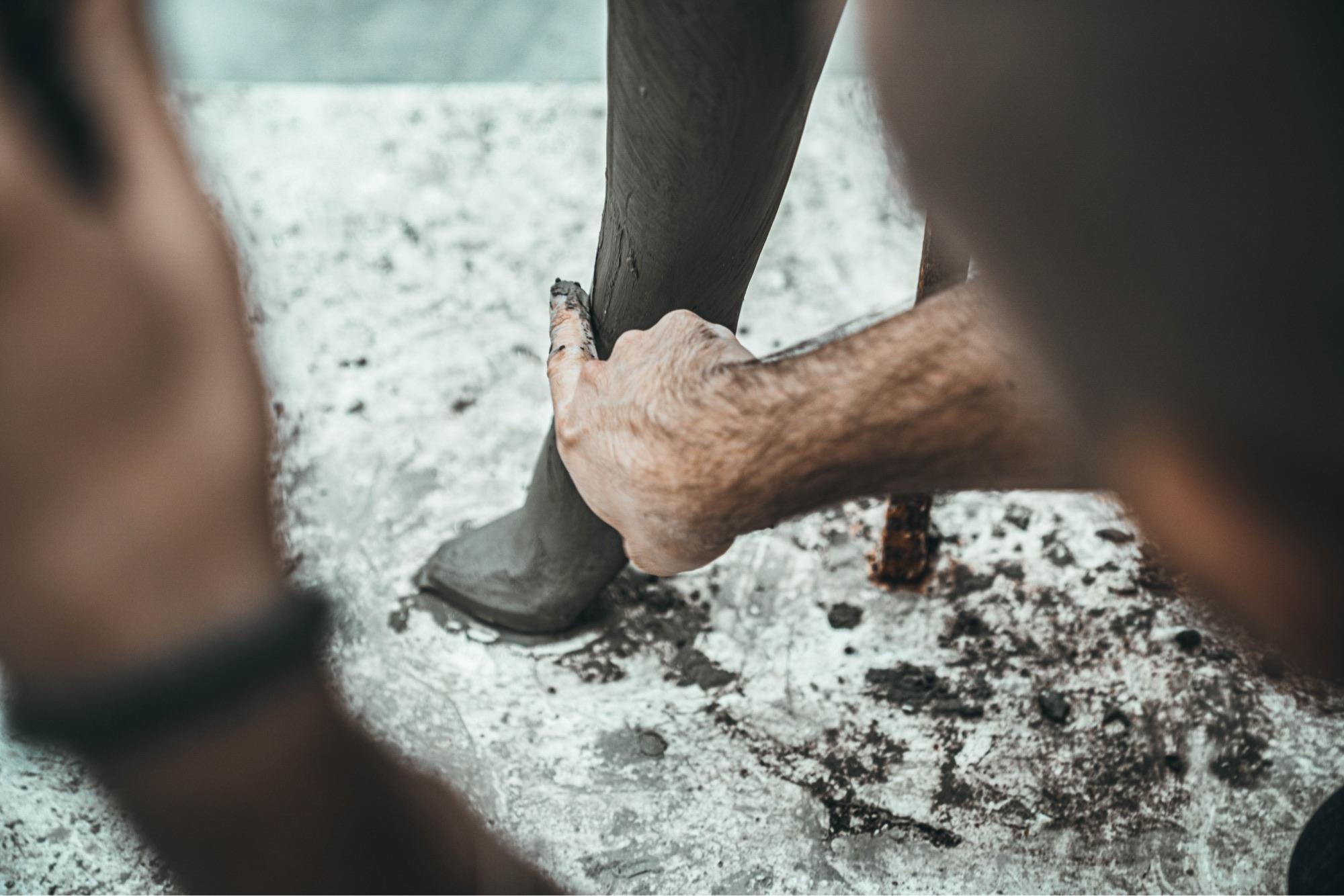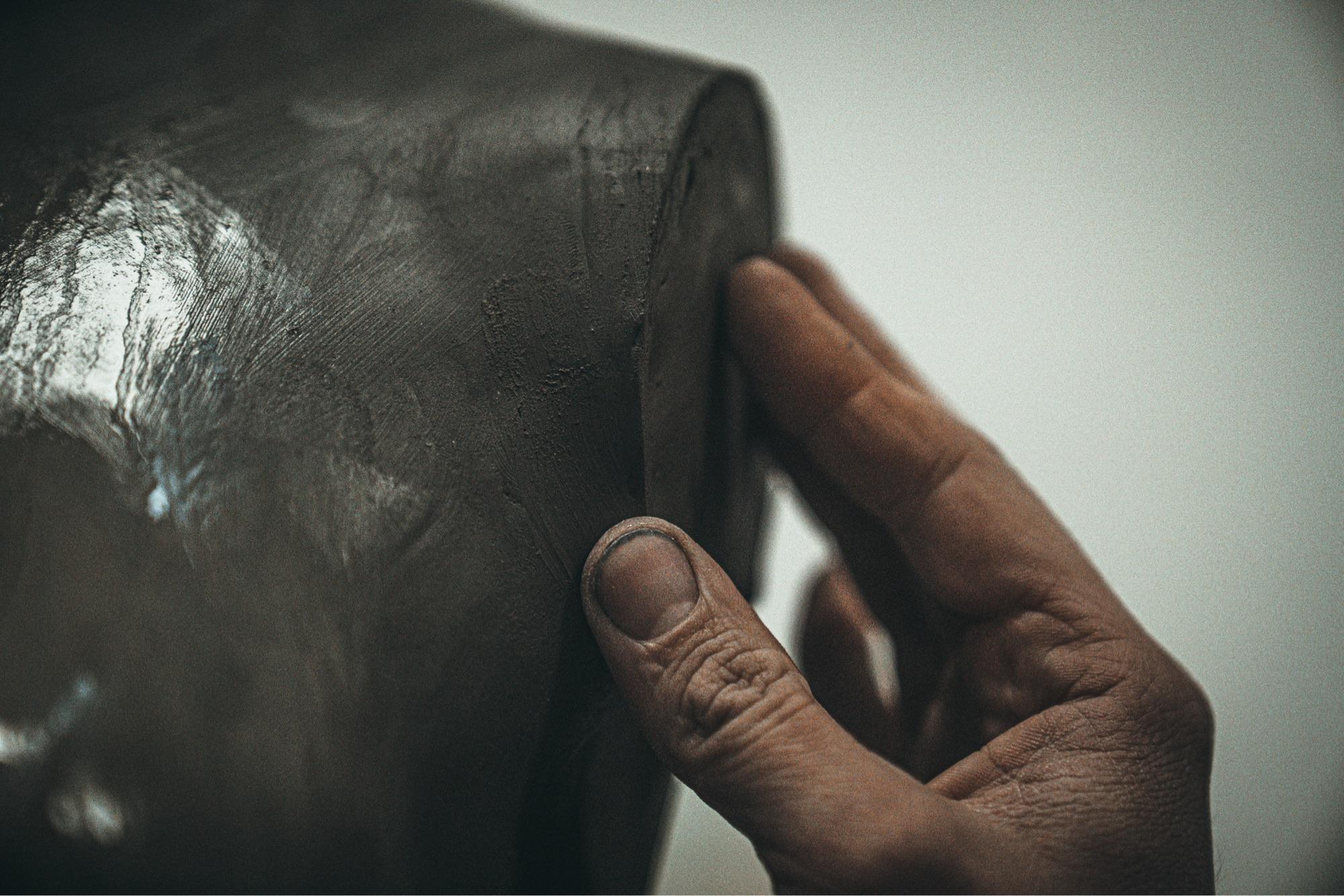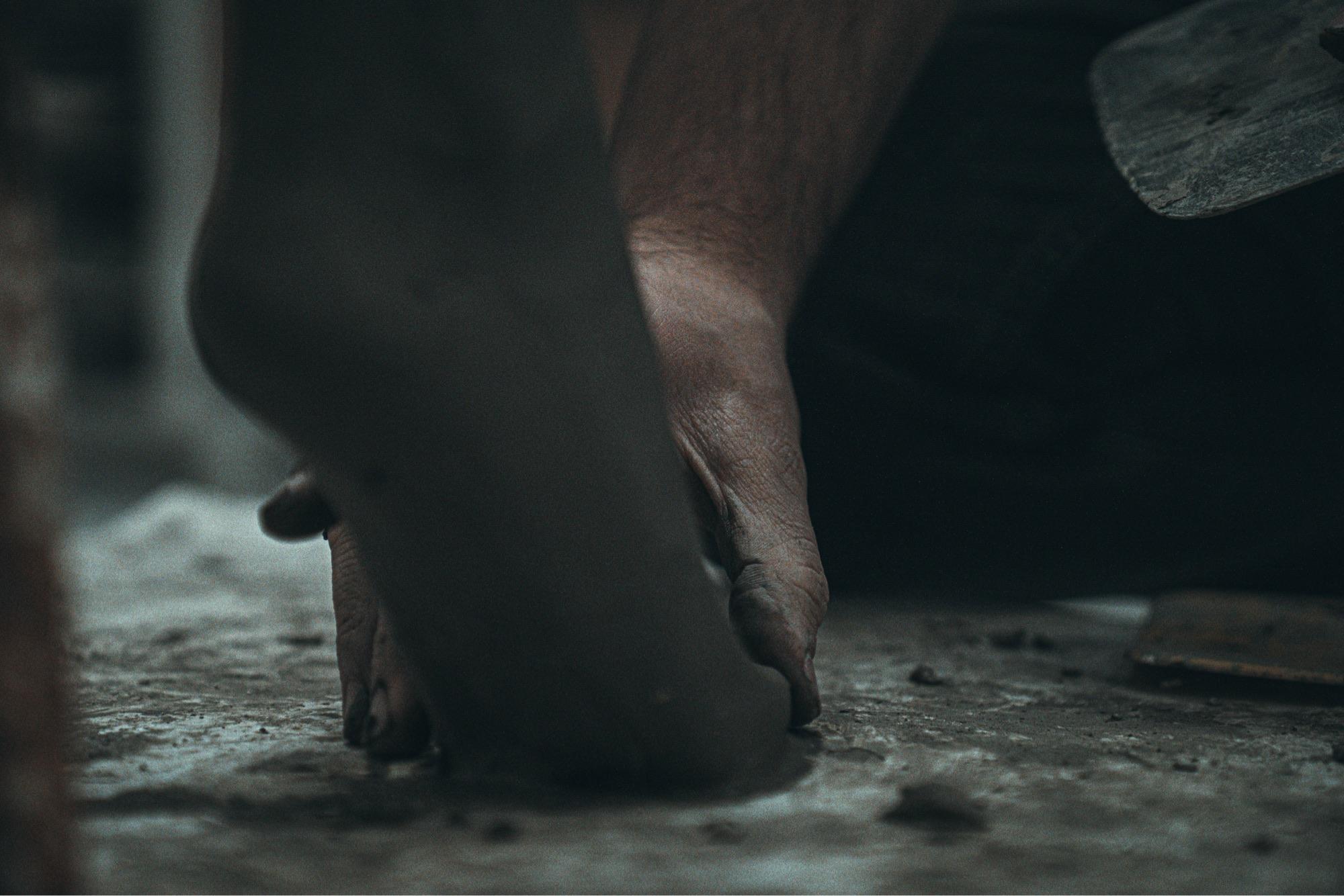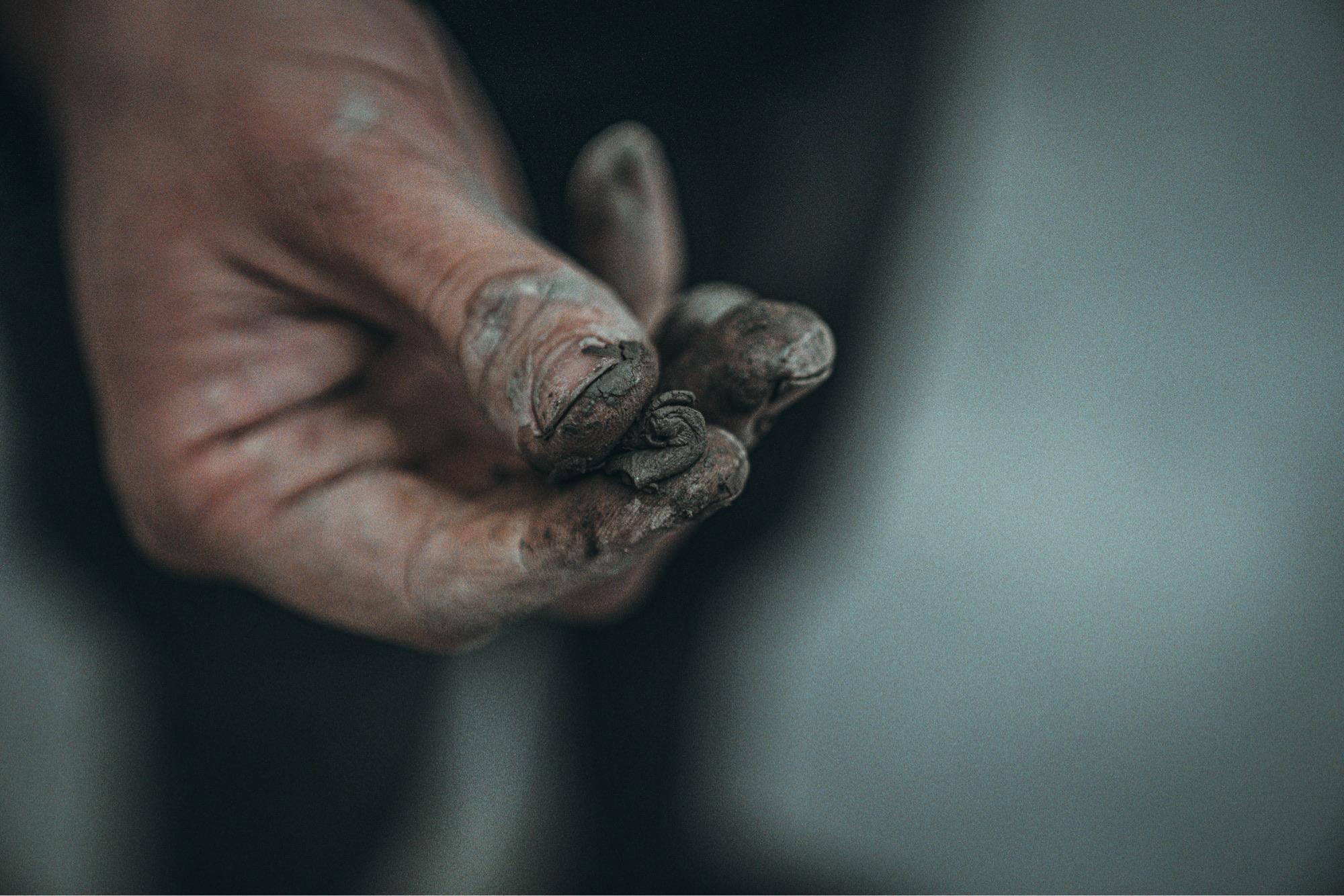A physical but at the same time a metaphorical place for the mannequin, the Window is the universe where the mannequin dwells, and interacts with the garments, the setting, the lighting, other mannequins and the public.
It represents a place / non-place where fashion designers project their vision of style to the world. The protagonists of these style stories are always the mannequins, which in the past were a mirror image of human beings where only the features were reproduced. Today more often than not they refine reality.
Mannequins as symbols but also as objects of communication. They are absolute protagonists of figurative art and an indispensable go-between for fashion when it tells its story both in stores and beneath museum vaulted ceilings where the evolution of style and fashion designers is displayed.
There exists an earlier world that precedes the physical one and determines what appears before the public.
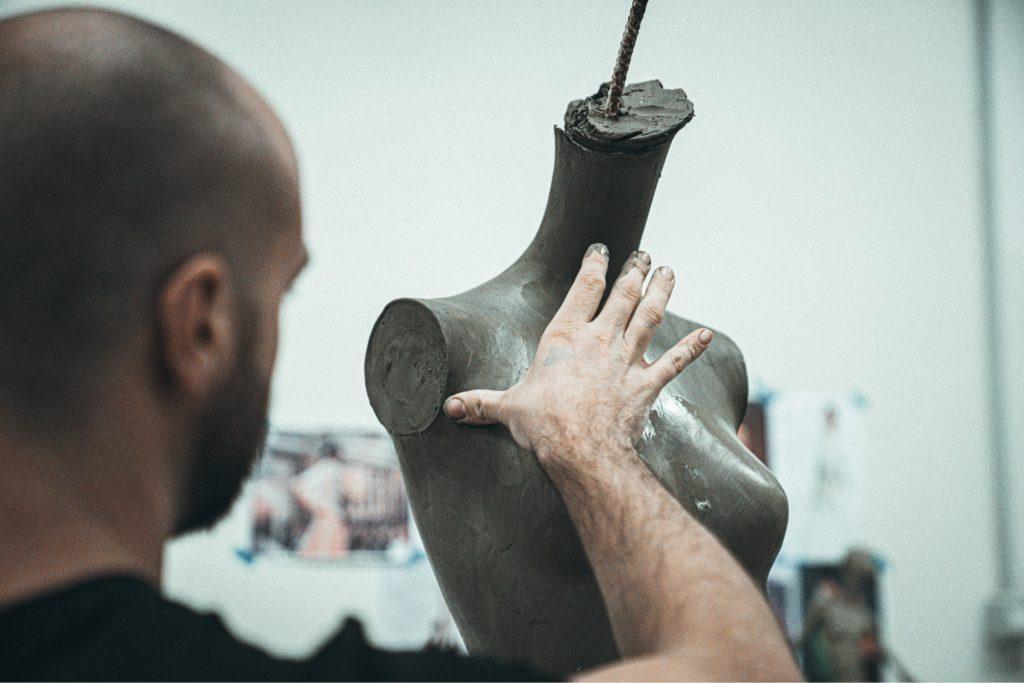
This above-mentioned place is the Bonaveri sculpture atelier: the epicentre of know-how from which ideas take shape, wishes materialize and styles find their line.
The story of Bonaveri represents one of the examples of made in Italy where the words are not just labels put there for commodity’s sake, but rather the essence of Italian heritage: passion, art, craftsmanship and originality linked to our region and inseparable from it.
The mannequins come alive and in the words of de Chirico, are no longer condemned to immobility because they are truly capable of giving life to emotions in the heart and mind of those who come in contact with them.
The mannequin is created like a real sculpture and it has within itself the DNA of the artistic product. And like all forms of art, it reflects the time and historical changes which are obvious looking at the collections starting in the ’50s.
Let’s move to the origins of this story and enter the sculpture atelier, the centre of gravity you could say, with respect to the rest of the factory housing the sewing room and the photography studio.
The story of Bonaveri represents the essence of Italian heritage: passion, art, craftsmanship and originality.
A bit further on is a space populated with miniatures, small clay figures that are the prelude to creating the actual mannequins.
The miniature in fact is not a reduction of the larger mannequin proportions but rather it is the first thing to be created and acts as means of exploring ideas, modelling visions and defining postures.
In fact, the many possible proclivities and natures live in them as embryos which are then fully expressed in the life-sized mannequins: a first approach to understanding the steps Bonaveri takes in exploring the confines of form, the aesthetics of the figure.
From these shadowy rooms that enhance the evocativeness of the figures, we pass into the actual atelier.
Buckets of clay, rods and poles, spatulas, instruments…the sculptor, Marco Furlani is busy at work. He is shaping a new body for the Obsession collection. Scattered around him are scads of clay models, both baked and unbaked, sketches and a wall covered with a mood board of images of women in supple poses. In the same room, other sculptors are preparing or finalising figures between abstraction and realism.
As every morning, Guido Bonaveri, at the helm of the company with his brother Andrea, and technical director at the factory, came in. In him you can also feel the force of the passion for the artistic aspect.
Marco Furlani is from Trent, he is 36 years old and has been working for Bonaveri for more than 10 years, when he was still a student at the Fine Arts Academy of Bologna.
We have talked with both of them.

In this room are found all the significant things that bind Bonaveri history to its present.
Guido Bonaveri -The sculpture atelier was already the heart of the activity when my father, Romano, was there. The old story he always told was that in the post war period, when he was a little more than 20 years old, he didn’t know what to do with his life. The idea of making bust forms and mannequins came from talking with a tailor who told him that the bust forms he used for sewing suits were made of papier mâché, the same material used to make Carnevale allegorical floats. Since my father at that time already made such floats, it was then that he got the idea to make a profession out of his own talent and start up a business. And there you have it!
Interpreting this tradition must be a great responsibility.
Guido Bonaveri – See, of the many paths one could follow in life, my lot was to make mannequins. By chance I was born into a family that has dedicated it own life both personal and professional to mannequins. But it isn’t by chance that I am here today taking about silhouettes and beautiful figures.
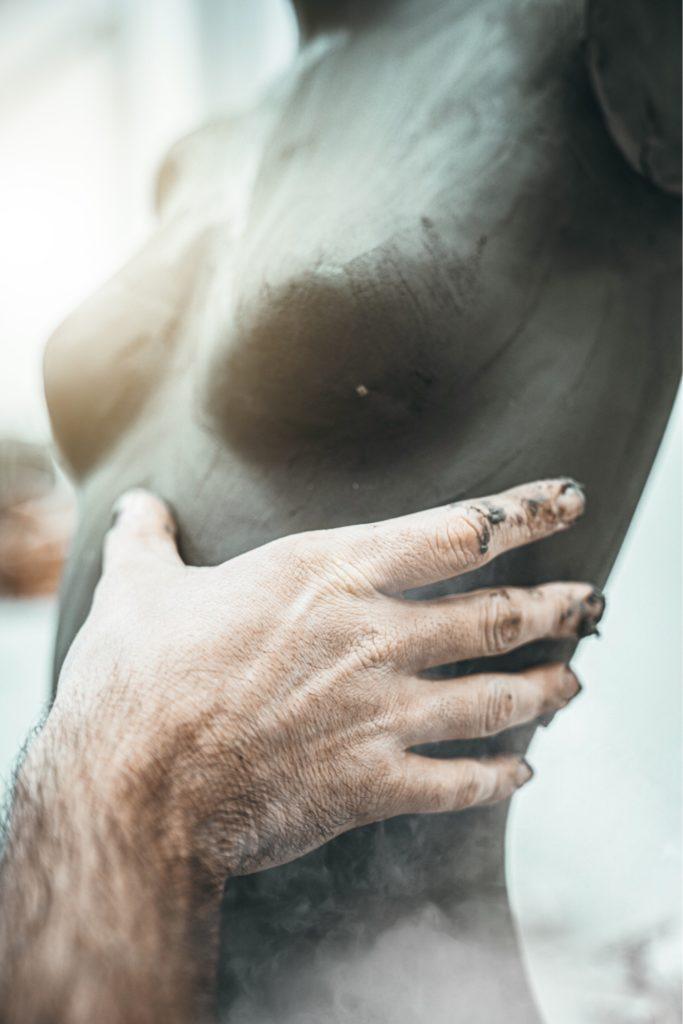
I was little more than a boy when I decided to take up the study of form, sculpture and drawing along with everything that is reflected in the concept of beauty and linearity. It was a path I chose by chance but one I followed with passion and reason determination. Even with struggling with the force of doubt measuring every choice.
If today I am in a position to apply an artistic sensitivity to my metier, I owe it to the many steps I took affirming my instinct and desire to cultivate beauty and to follow the perfect proportion.
If chance has led me to this line of work, passion and strength of will have accompanied me throughout life, motivated by the desire to make the mannequin into a form of art.
And here we can really feel the art foundation of mannequins and their first steps and behind the scenes’ process.
Marco – Once the mannequins pose has been decided, here we study its aesthetic nature and make a miniature. If we are satisfied, we make a life size dimension one starting with a metal framework that becomes the mannequin’s skeleton, obviously with the pose of the finished mannequin. We first start by covering it with clay, so we get a perfectly smooth three dimensional figure. Then we make the first mould by applying several layers of plaster paste to the sculpture. Once it’s dry, we open the plaster mould which will then be filled with resin to make the master piece which will be used to create the one for industrial production.

What materials do you work with?
Marco – For the most part we use clay, then plaster, resin, stucco, etc. We could use other materials as well, but clay is the basis of classic sculpture and allows to have a greater sensitivity in shaping the forms, especially the faces.
Guido Bonaveri – The clay we use in the sculptures is the same that my father, Romano, used to go get from the bed of Reno river, a river that traverses the city and has given its name to many little towns nearby, hence the town of Renazzo where we have our headquarters, or other places in the vicinity such as Reno Centese, Corporeno, Casalecchio di Reno…
How is work organized inside the atelier?
Marco – There are 3 really capable young women here with me. They also create new models but utilizing a different technique. They don’t start with clay but from already existing epoxy resin or plastic mannequins. In accordance with the clients’ requests, they modify the size, the face or the posture and in this way, make new “bespoke” prototype.
How does the creative process work?
Marco – We always start from a mood board that we put on the wall. Some poses are more inspiration and dramatic in effect, while other are easier to interpret. In this case, the mood board Emma Davidge prepared is quite detailed and enables us to proceed with great precision. Starting from this, we go to the image archives and choose those poses, those forms and features that will allow us to define the aesthetics of the mannequin.
Clients might ask for a different sizes, faces, maybe more feminine or masculine look, and so on. How do you go about interpreting these requests?
Marco – A personalized mannequin must be able to express the brand identity and respect it in its form, posture and aesthetics of its image. Before starting to work we do an in-depth study of the client’s universe particularly the windows, the product and how he communicates and what he wants to transmit. We try to enter into symbiosis with it since what we will create is bespoke exactly in the same way a tailor makes a suit. It’s not enough for it to be beautiful or well made, it has also to be the “right product” for that brand so the client sees his image in it.
The face and its features. Sometimes they always the same whereas in others change slightly.
Marco – Sometimes it is an aesthetic choice connected to the concept of the collection as is the case of Tribe for instance, where each mannequin had to have its own identity. Other times it’s random, like for Obsession. When we made the first Obsession figure we fell in love right away with its face. We had no doubts because in the originality of that face the DNA of our Schläppi collection from the ‘60s was present and we wanted to preserve it in Obsession. We looked at it and were “Obsessed”, hence we decided to use it for all the poses.
Any anecdotes? A project that was particularly challenging, and therefore satisfying?
Marco – I remember the mannequins from a window project Emma Davidge created for Louis Vuitton on a circus theme. I made mannequins to look like trapeze artists flying through the air. There were tight deadlines but the result was striking [and Guido confirms this task and almost in sync with Marco starts talking about the first ever articulated mannequin].
But actually my greatest satisfaction was when I made the first female articulated mannequin for the exhibition, “Louis Vuitton – Marc Jacobs” at the Louvre under the artistic direction of Emma who curated the creative concept. It was quite a complex work with a deadline that allowed for no mistakes but I can proudly say that the result was impeccable.
Guido, thanks also to these abilities and Bonaveri unique know-how, today your company’s name is recognized worldwide.
Guido Bonaveri – Our objective was never to become famous but to do our work well. What happened after was a consequence of a way of seeing life and our craft. We are a family and each of us contributes to forming this story. First our parents, then it was myself and Andrea with our energy and competence, and tomorrow it will be our children contributing to the story. My son, Alex, has been at my side for the past two years bringing freshness and his generation’s modern touch to nourish our company. The heredity we received was never an immobile capital but a resource through which to develop new ideas.

